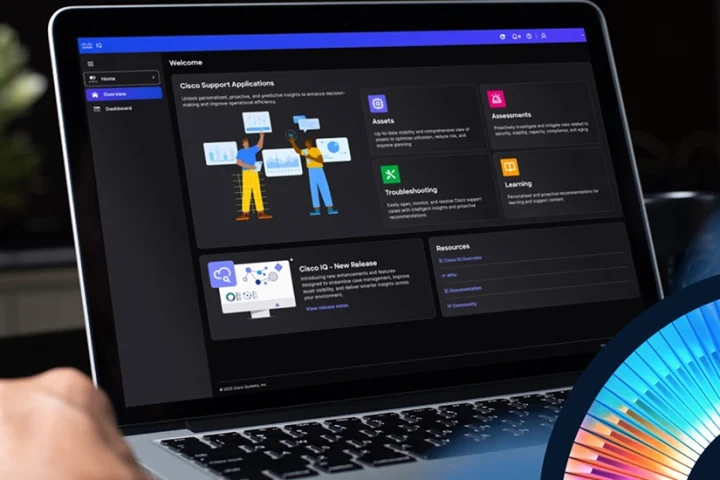Extends Copy Data Virtualisation Platform With Actifio Sky
Actifio has announced a significant expansion of its product portfolio, dramatically increasing the scope and scale of its enterprise-class data virtualisation platform. The new offering will extend the functionality of Actifio’s copy data solution, making a virtual instance of the company’s Virtual Data Pipeline technology available wherever application data may reside, from the data centre core to the public cloud.
The new product will be the first in a new family called “Actifio Sky and marks a milestone for the company as it moves beyond its integrated appliance-only roots.
Actifio Sky is a new generation of Actifio technology built entirely on the foundation of the company’s Virtual Data Pipeline technology, now protected by an expanding portfolio of 36 in process or approved patents. It extends the power of copy data virtualisation from the data centre to the edge of the enterprise, and beyond that into the cloud.
Actifio Sky offers a new level of deployment flexibility and range, making it easier and in some cases possible to move data back to a central data management site to improve data protection, governance, and analytics. Actifio Sky will be offered first in a ROBO Edition for Remote / Branch Offices (ROBOs,) and a Cloud deployment option for businesses looking to shift enterprise workloads into the cloud. Together with Actifio’s CDS data centre appliance, Actifio Sky eliminates barriers to data mobility from the edge to the core, enabling transformational data management velocity and scale across the enterprise.
Mohammed Suleman, General Manager, Enterprise Objectives adds, “Actifio Sky enables customers to build a data protection and consolidation strategy that has predictable costs and concrete measurable business benefits. Especially branch or remote offices with no IT presence have always been difficult to handle when it comes to storage, backup and removing copy data. This makes Actifio Sky a very attractive proposition for companies that have addressed the problem within their data centers, or head office, but have not been able to tackle remote sites.”




















